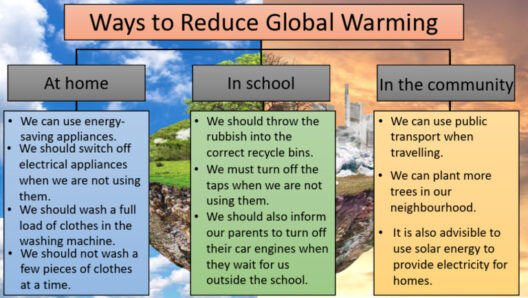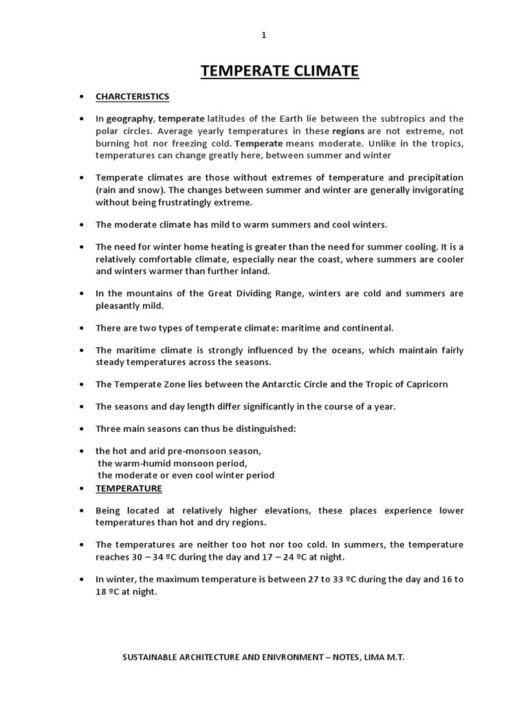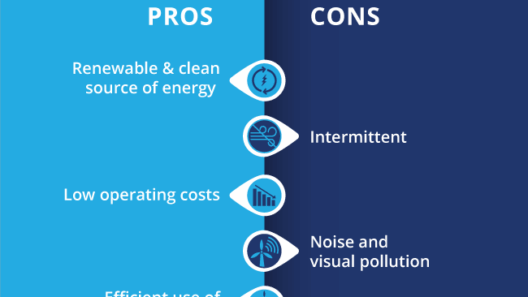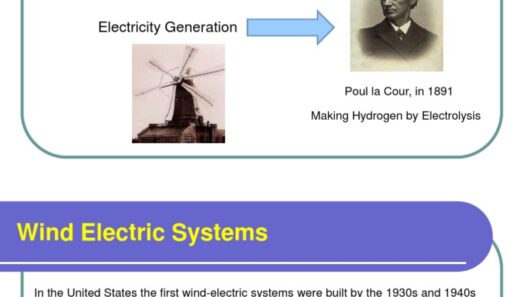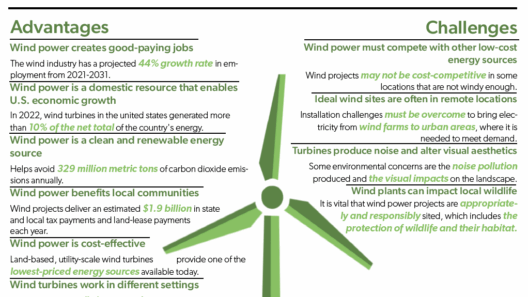Wind energy has emerged as one of the most promising renewable energy sources in the 21st century. Its exponential growth can potentially revolutionize our energy landscape, reduce reliance on fossil fuels, and mitigate the climate catastrophe. However, the political landscape surrounding wind energy in the United States has often been fraught with tension and conflicting narratives. At the forefront of this debate is former President Donald Trump, whose unequivocal hostility toward wind energy raises compelling questions. Why does he stand against this burgeoning industry? This article delves into the multifaceted reasons behind his opposition while also examining the broader implications for renewable energy in America.
Understanding the Ethos of Opposition
Trump’s antagonism toward wind energy is not merely a capricious whim but is deeply entrenched in his political ethos. Central to his viewpoint is the belief in energy independence premised on traditional fossil fuels—coal, oil, and natural gas. The rhetoric of energy dominance resonates strongly with certain demographics who view fossil energy sources as integral to economic growth, job creation, and national security. For Trump, advocating for oil and gas is not just a policy choice; it is a reaffirmation of American ingenuity in the face of what he perceives as an essential threat to the nation’s economic fabric.
On the campaign trail and during his presidency, Trump frequently claimed that wind turbines siphon off economic resources while simultaneously degrading the landscape. His perspective illustrates a larger ideological battle between the old guard of fossil fuel advocates and the new wave of renewable energy supporters. Trump’s statements often underscore an emotional connection to traditional energy sources, framing their preservation as a patriotic duty.
Ecosystem of Influence: The Role of Lobbyists
Beyond mere personal belief, an intricate web of financial interests and lobbying power underpins Trump’s position on wind energy. The fossil fuel industry, which has historically wielded tremendous clout in American politics, is not shy about leveraging its influence. Multimillion-dollar contributions from oil, gas, and coal sectors to political campaigns forge alliances that solidify anti-renewable energy sentiments within certain Republican circles. The reciprocal relationship between politicians and fossil fuel advocates helps to cultivate an environment where alternative energies, particularly wind, face hurdles that may otherwise seem insurmountable.
Trump’s administration exhibited favor towards regulatory rollbacks that benefited fossil fuel industries while imposing constraints on renewable energy project development. By creating an atmosphere that values traditional energy extraction methods over emerging green technologies, the political dynamics surrounding energy production are skewed significantly. The result? A continuation of antiquated energy models that are ill-suited for a world addressing climate change.
The Aesthetic Argument: Wind Energy’s Impacts on the Landscape
A remarkable aspect of Trump’s critique centers around the visual aesthetics of wind turbines. Critics frequently cite the “unsightly” appearance of wind farms as detrimental to America’s natural beauty. The towering structures, often likened to modern-day windmills, invite a duality of opinions. Some praise the architectural elegance and innovative design elements of large-scale wind installations, while others bemoan the intrusion into picturesque landscapes.
This aesthetic argument serves to evoke a certain nostalgia for the American pastoral ideal, a place untouched by industrialization, celebrated in national parks and sprawling fields. However, strident critics often overlook the fact that alternative energy sources also significantly impact landscapes but do so in less visible ways—namely through drilling, mining, and hydrocarbon spills. The inconsistency in how these opposing impacts are discussed reveals a bias hampering open dialogue about effective energy solutions.
Economic Concerns: The Job Creation Myth
A commonly disseminated myth within the discourse on energy transition focuses on employment. Proponents of fossil fuels, including Trump, argue that wind energy threatens jobs associated with coal and gas production. However, research indicates that the growth of the wind sector actually creates new job opportunities. Wind energy jobs, such as turbine manufacturing, installation, and maintenance, have been on the rise, offering competitive wages without the severe environmental degradation tied to fossil fuel extraction.
The fear of job loss in the fossil fuel sector should not dissuade investment in wind energy. Instead, it calls for a better-trained workforce ready to adapt to a changing energy economy. Powering the future should be a collaborative effort between transitioning fossil-based workers and the expanding renewable energy landscape, not a zero-sum game.
Addressing Climate Change: The Behind-the-Scenes Player
In a world increasingly threatened by climate change, the stakes of the wind energy debate become more critical. Trump’s opposition to wind power indirectly contributes to inaction on climate initiatives. By stifling growth in renewable energy sectors, not only does it prolong dependency on fossil fuels, but it also delays essential transition strategies for reducing greenhouse gas emissions. Thus, the dialogue surrounding wind energy cannot be independent of broader climate discussions.
The desire for progress, the urgent call for innovation, and the awareness of impending climate crises are increasingly shared across party lines. As the debate around wind energy persists, one can only hope for a future where creative solutions emerge not as polarizing issues but as collective responsibilities for all citizens.
Conclusion: Wind Energy’s Crossroads
The political landscape surrounding wind energy is deeply impacted by ideologies, economic motivations, aesthetic concerns, and vested interests. As we dissect Trump’s resistance to wind power, it becomes evident that the ramifications of such opposition extend beyond individual politics. The critical engagement with wind energy, rooted in collaborative discourse, could create a sustainable future unmarred by the vestiges of outdated energy beliefs. The transition to renewable energy has the potential to unite and inspire, but achieving this cohesion requires a reevaluation of entrenched narratives and a commitment to fostering innovation.

